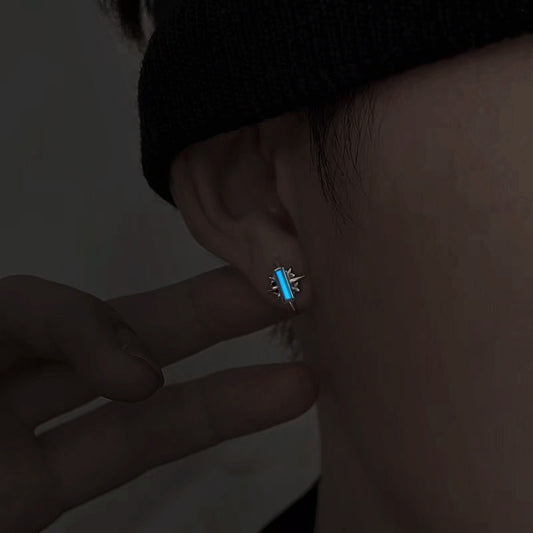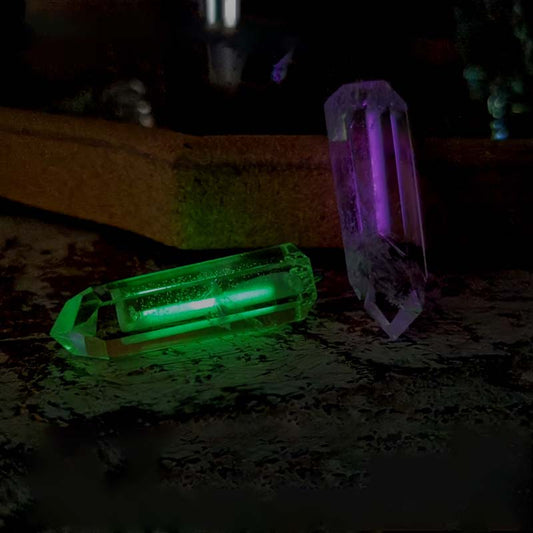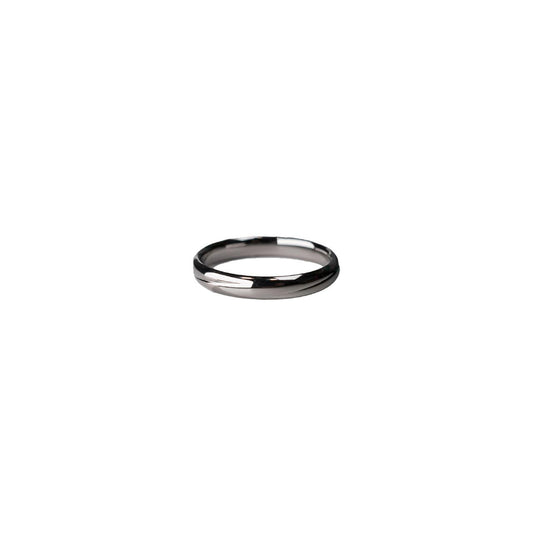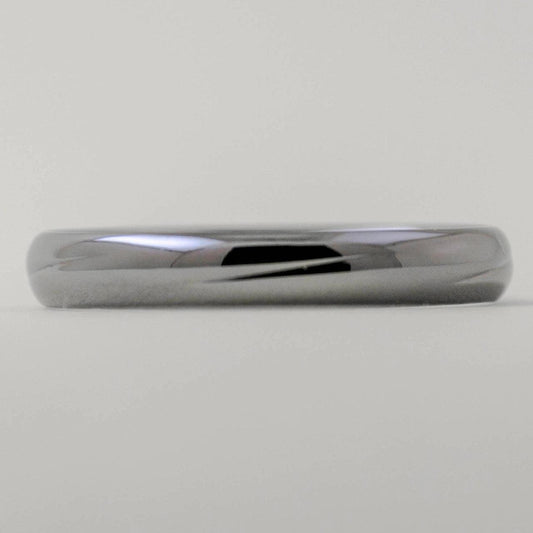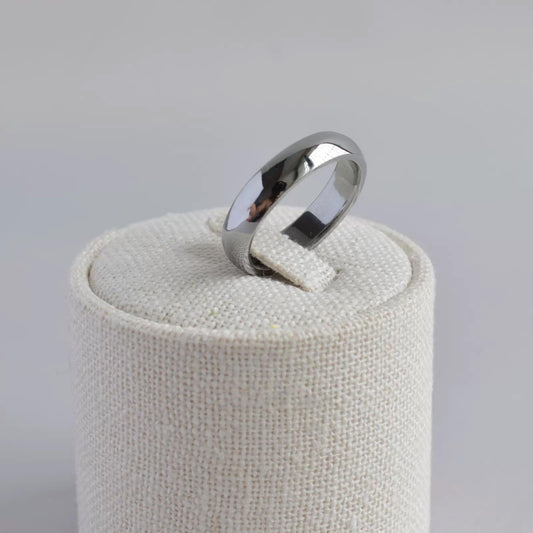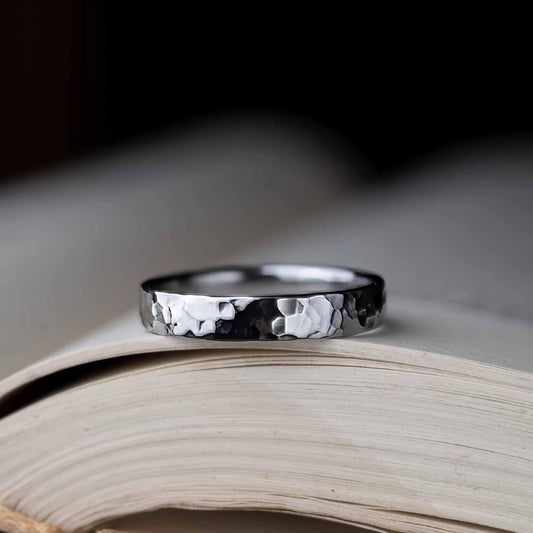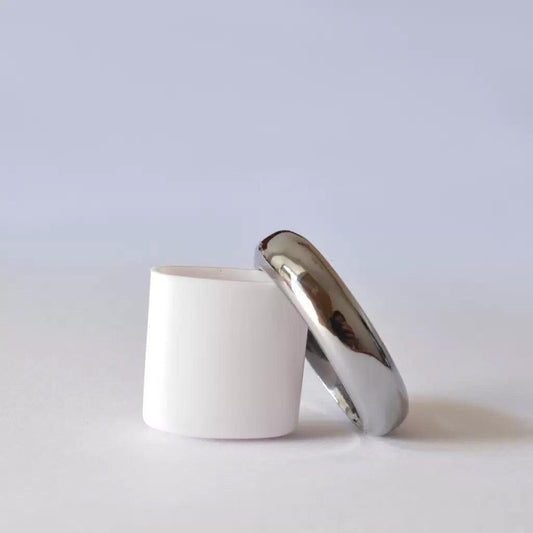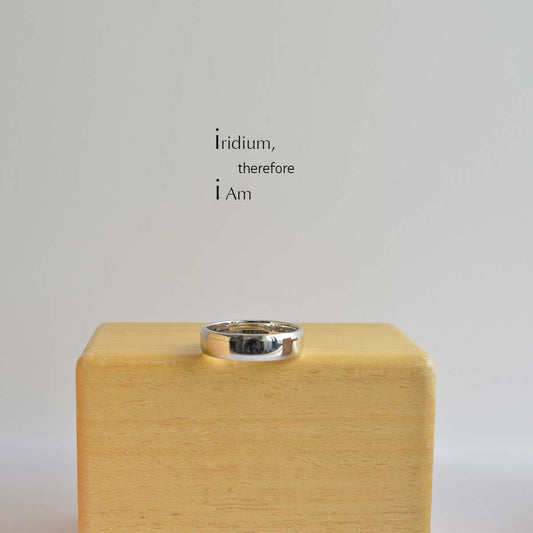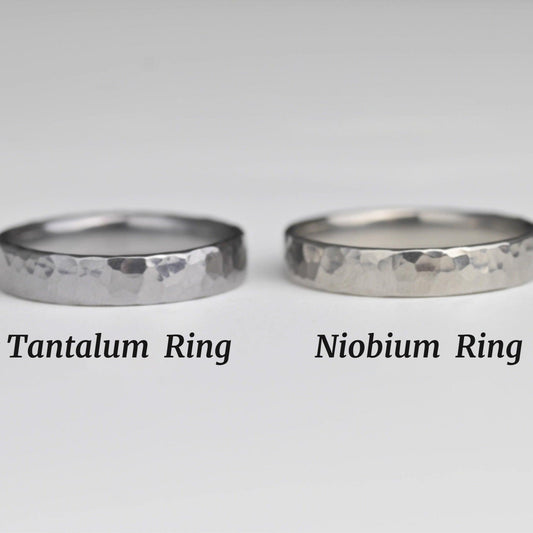Which Hand is the Ring Finger A Gentle Exploration
Which Hand is the Ring Finger A Gentle Exploration
Ring fingers—those dainty digits that have a special place in our cultural milieu—hold more significance than many of us realize. In the Western world, the ring finger is traditionally the fourth finger of the left hand. This specific placement is steeped in history and sentiment, intertwining with cultural narratives that have shaped our perception of love, commitment, and even style.
I remember the day my grandmother handed me her engagement ring. She talked about the "vena amoris," a term that translates to "vein of love." She explained it as an ancient belief that a vein connected this finger directly to the heart, making it the ideal choice for a symbol of enduring love. Although modern anatomy would beg to differ, the sentiment remains deeply rooted in our practices.
It's fascinating how this little piece of history dictates so much. In Western culture, engagement rings and wedding bands are typically worn on the left ring finger—a tradition continuing to evoke a special kind of magic. The left hand has become synonymous with romantic commitment, while the right hand often hosts rings that signify achievements or personal style. There's something quite delightful about these tiny, personalized symbols, decorating our hands and subtly narrating our stories.
Of course, not everyone follows this tradition. Beyond the Western world, many cultures choose other fingers or hands for their rings. Even within Western societies, some break from tradition—wearing rings on the right hand either for comfort, as a family tradition, or simply to do things a bit differently. I recall a friend who chose the right hand for her wedding band because she found the left one too predictable. Who could argue with such a spirited take on personal expression?
Material choice for rings combines both art and science. Gold and silver remain classic choices, yet there's a growing interest in alternative materials like platinum or even titanium—which provide durability while still allowing for intricate designs. The idea of selecting a material that resonates personally, whether for its symbolism or aesthetic appeal, adds yet another layer to this tradition.
There’s no shortage of opinions on how and where to wear rings, reflecting diverse cultural narratives, lifestyle choices, and personal preferences. What’s consistent is the ring finger's role as a canvas of life’s milestones. It's a small yet significant part of how we express our identities and commemorate our journeys.
So, whether you're wearing a band passed down through generations or a unique piece reflecting your personal style, it's worth remembering the subtle beauty and tradition that comes wrapped around the ring finger. And who knows, maybe next time you're polishing your jewelry, you'll think of it in a slightly new light.



